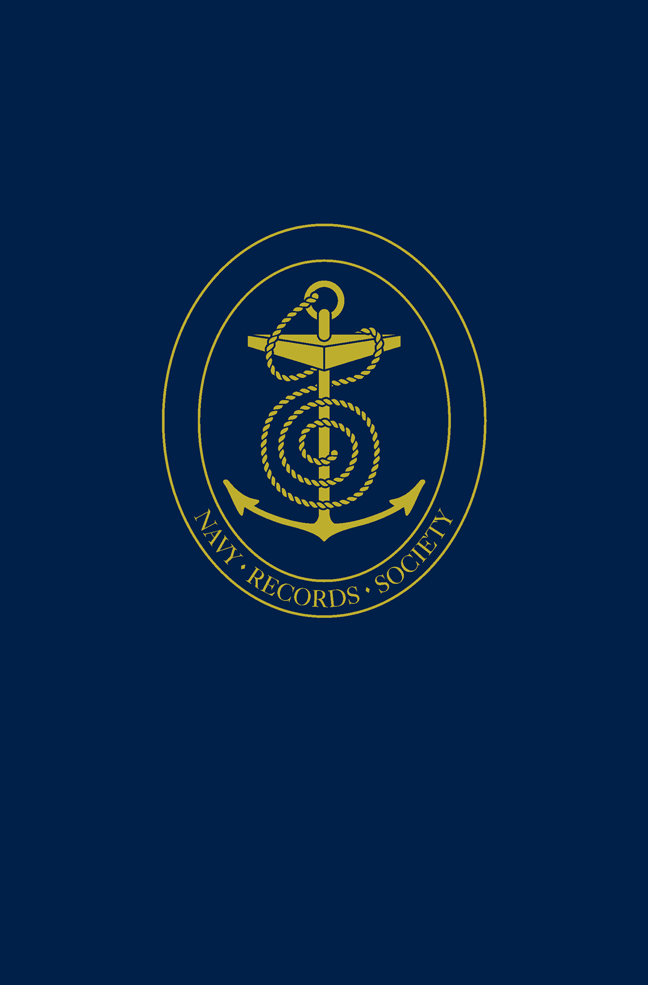Part I - Edward VI (1547–1553)
Published online by Cambridge University Press: 05 March 2024
Summary
The origins of Edward's Scottish war date back to 1542, when Henry VIII had signed a new agreement with the Emperor, committing him to an attack on France. Remembering what had happened in 1513, and realising that James V bore him no particular good will, the King decided that on this occasion he would take the Scots out first. By magnifying border grievances in the autumn of 1542, and by sending the Duke of Norfolk on a large-scale and provocative raid into the Lowlands, Henry succeeded in inducing James to send a large, but not very well equipped army into the Debatable Land north of Carlisle. There, on 23 November, it was caught and defeated at Solway Moss by a smaller but much more professional English force. This battle was no bloodbath, but it did result in the capture of a sizeable number of Scottish peers and lairds, and put Henry into a very strong position both militarily and politically. Three weeks later James V died (allegedly from a broken heart but more probably from venereal disease) and was succeeded by his daughter Mary, who was barely a week old. Seizing the opportunity created by this situation, Henry began to press the regency government of Scotland for a marriage between their infant queen and his own son Edward, then aged about five. The advantages of this from the English point of view were obvious, and the Scots were not happy. However, the regent, the Earl of Arran, was in no position to resist, and Henry hammered home his advantage by making his prisoners swear to support his campaign as a condition of their release. The result was the signing of treaties at Greenwich in July 1543, one of which agreed to the proposed marriage. The outcome was predictable. Resistance to the treaty built up in Scotland, led by the Cardinal Archbishop of St Andrews, David Beaton, and in December of the same year the Scots Parliament repudiated it, leaving Henry very much where he had been before Solway Moss, except that he now faced a settled hostility from the north.
He was understandably angry, particularly as his preoccupation with Scotland had caused him to miss his cue in attacking France, which should have happened in the summer of 1543.
- Type
- Chapter
- Information
- The Navy of Edward VI and Mary I , pp. 1 - 10Publisher: Boydell & BrewerFirst published in: 2024



